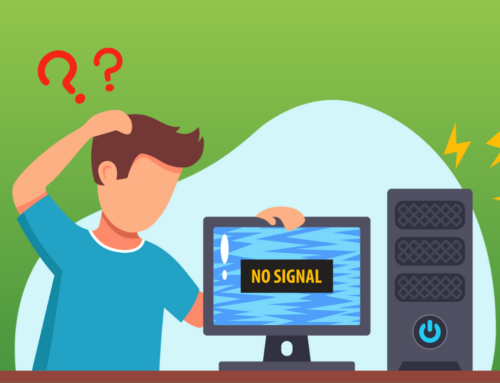As much as we wish differently, work doesn’t just happen from nine to five anymore. In the past, you would leave your office job and all the paper files and physical work behind. But now, with tablets, smartphones and other devices, business happens 24/7. And as a boss, it’s important to foster mobility for your employees—but, at the same time, boundaries should be established to keep your data as secure as possible.
Even if you don’t supply your staff with company devices or require them to work from home, most employees still use their personal devices to access company information from work and on-the-go. This is why it’s critical to take the security of these connected devices very seriously.
Here are a few best practices to keep your staff mobile and secure:
-
Require training
Employees probably won’t take cybersecurity seriously unless they truly understand the damage it can have on the company they work for. Require regular training sessions and motivate your staff to learn the implications of unsecured devices. No one wants to be the one responsible for taking down the entire business, do they? Ignorance is definitely not bliss in these situations.
-
Register and update
Register all connected devices with your IT department (or with upper management if you don’t have an IT department). Registering devices gives your technicians the ability to know if and when a device turns up missing, and it also gives them the ability to monitor, track, and install all required updates. If you can’t get all your employees to remember to register new devices, then refuse Wi-Fi access to all unregistered devices. We all love free Wi-Fi at work, so taking it away until they register is a very effective method to corral forgetful employees in the right direction.
-
Create a mobile device policy
Smartphone usage puts your company at risk when proper precautions aren’t taken. If employees want to use their devices for work (or on the company network), then you need to establish a BYOD (bring your own device) policy. Most employees are more than willing to sign on the dotted line and accept the terms and conditions in order to use the company network to stream Pandora or download photos. Just make sure your staff knows what the terms are and can completely understand the rules.
-
Don’t forget about the apps
Most companies are so concerned with who is connected to their network that they forget to think about why they’re connected. With so many cloud storage apps, sharing apps and collaboration apps, the security fears are endless. Use mobile app security tools to identify problem apps and to block network access until threats are removed. Keep an eye on any potential holes and make sure to patch and update software as often as possible to seal vulnerabilities.
-
Require MDM software
Mobile Device Management (MDM) software allows you to secure company data if a device is lost. Downloaded only at the agreement of the device owner, this software can wipe data remotely, reset factory settings, or completely erase a device. You never know what can happen if a lost device winds up in the wrong hangs. MDM software is your plan B and shouldn’t be a problem if your staff has the company’s best interests at heart. But make sure your employees understand that wiping data also means they lose their personal information stored on their device as well. So keeping their smartphone safe and secure at all times should be a high priority for everyone.






